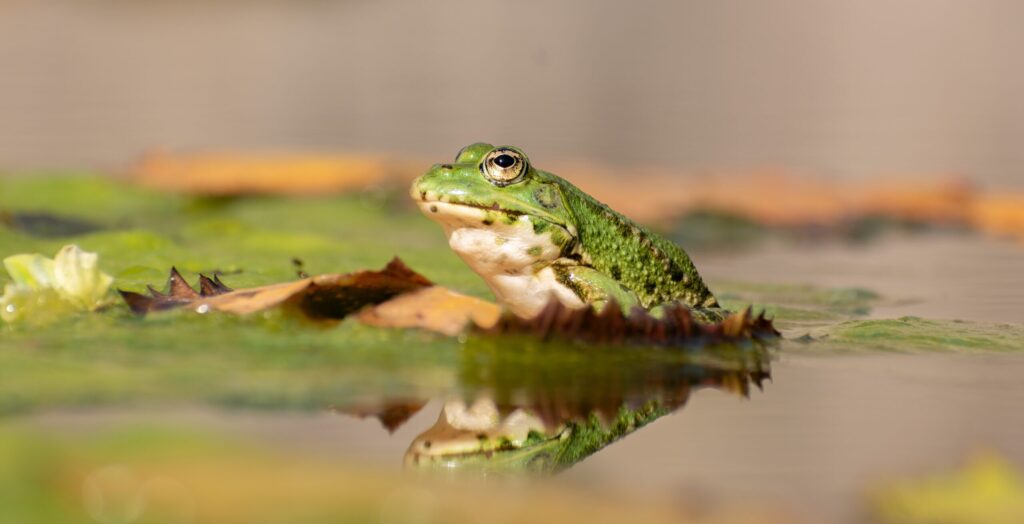

Writing creatively is never easier than when using a simile. If you want to use your writing to draw an image in your reader’s mind and create a comparison that leaps off the page, let’s go!

Author
Jessica Milner
Published
November 28, 2023


Writing creatively is never easier than when using a simile. If you want to use your writing to create a comparison that leaps off the page, let’s go!

Author
Jessica Milner
Published
Nov 28, 2023


Writing creatively is never easier than when using a simile. If you want to use your writing to draw an image in your reader’s mind and create a comparison that leaps off the page, let’s go!

Author
Jessica Milner
Published
Nov 28, 2023


Key takeaways
Sometimes when writing, we want to speak non-literally about the point we are making. In other words, we want to make our point in a creative and exciting way, which helps to create a picture in our reader’s head.
Historic writers did this all the time, as do poets, creative writers, stand-up comedians and singer-songwriters nowadays.
Similes are a great way to help us learn how to put this into our writing. Let’s find out, exactly what is a simile?
A simile is one of the most common figures of speech.
Figures of speech are used in a non-literal sense to make an idea more vivid or impressive.
We use similes to make our writing stand out and to make a point of comparison about the two points we’re mentioning.
A simile is comparing two things, and saying how similar they are.
The word simile actually comes from the Latin word ‘similis’, which means similar.
So, if you need to find a way to remember what a simile is used for, just remember that a simile is similar!
We use similes to make the comparison more direct for our readers. Saying ‘it pours easily’ is less captivating and emotive than ‘it pours like a breaking wave’.
Unlock unlimited English questions
Put your learning into practice with fun exercises + games that are proven to boost ability!
A simile is a phrase that uses ‘like’ or ‘as’ to compare one thing to another.
When trying to spot a simile, look out for the use of ‘like’ or ‘as’. If these words aren’t in the sentence or phrase, chances are that it’s not a simile.
A simile can also use words such as; ‘so’, ‘than’, ‘compare’ or ‘resemble’.
The best way to recognise similes is to read over some examples; the more you use similes, the easier it will become. Can you spot ‘like’ or ‘as’ in the examples below?
Here are some simile examples using ‘like’:
Can you see each simile’s meaning?
Here are some simile examples using ‘as’:
How about the meaning behind these similes?
Want to have a go at some questions? DoodleEnglish is an app that’s filled with thousands of interactive exercises covering reading, grammar, spelling and more!
Designed to be used for 10 minutes a day, it creates each child a unique learning experience tailored to their needs, boosting their confidence and skills. Try it free today!

Let’s talk about why we use similes.
We use them to describe and compare at the same time. We can also do this by using a long list of adjectives to describe our noun, but this can get long-winded and boring.
Lists can be great in writing when we use them to simplify an explanation, but when dealing with the world of comparisons, a simile is far more effective.
For example, the phrase:
‘The tiny, minuscule, minute, little, teeny frog’
Changes to the following when using a simile:
‘The frog was as small as a pea.’

Both sentences let the reader know that the frog is small, but the simile does it very effectively by giving a visual representation that they can imagine, which brings the sentence to life!
Similes help to give more depth to the mental image we have of a sentence too, using an explicit comparison. They’re commonly used in prose and verse, but also in creative writing and commonly as phrases when we speak.
A metaphor is a much broader term than a simile.
Simply put, a metaphor is a figure of speech, used to describe an object or action that is not literally true and to evoke a comparison.
The simple way to spot a metaphor is to look at your sentence and see if you can spot ‘like’ or ‘as’.
If you CAN, it’s a simile.
If you CAN’T, it could be a metaphor.
Of course, as with a lot of our language, it’s not as simple as that, because not every sentence that doesn’t include ‘like’ or ‘as’ is a metaphor.
Remember to look out for whether it’s comparing one kind of thing to another.
‘Their dog was the size of Mars!’
In this example, we’re comparing the size of their dog to the size of Mars – so their dog must be pretty big!
Metaphors use an implicit comparison to describe one thing in terms of another. They don’t say that something is like something else, but that it is something else.
In other words, metaphors can make a sentence quite dramatic, to the point, rude, funny, explosive or emotive!
People use metaphors like the example below when speaking to convey how they or others feel. They also come up in common speech – have you heard or used this one before?
‘My mum fell for my dad’
Now, we know that their mum didn’t fall over because their dad asked her to. It means she felt like there was nothing she could do but love him (yes, we know, mushy!).
This next example is dramatic, a little silly and funny. We might use it to set a light-hearted tone or to write an entertaining article or story.
‘The gorilla loved his kitten with all the burning passion of the sun’
The gorilla doesn’t contain the sun, and the sun (as far as we know) can’t feel passion. However, when we think creatively, love can also feel hot and like fire, so this is a great metaphorical comparison, or metaphor.
Let’s have a look at some more examples of metaphors:
Which ones are your favourite and why? Think about how they make you feel and where you might use them – remember, no answer is wrong!
Metaphor vs. simile: Both metaphors and similes compare things, but we use them in two slightly different ways. A simile is often more poetic and visual, to create an image in the reader’s mind. A metaphor is often more explosive and to the point. However, both can be used interchangeably.
Similes are a great way to create a picturesque or emotive compression in your writing. Practice using them in your writing to add depth and poetry to your creative work – or drop them into a conversation to build on your use of language and vocabulary!
If you’d like to learn more about similes, be sure to check out our English app. It’s filled with thousands of fun, interactive exercises and games that explore the whole English curriculum!
Lesson credits

Jessica Milner
This decade is a super exciting one for EdTech, and I'm lucky enough to be right in the middle of it. I've used green screens as an English teacher in Vietnam, written children’s books that wow and motivate, been the head scriptwriter for a popular children's EdTech app and been an all-dancing-all-singing online teacher! I believe in making education inviting and accessible to all. My ethos is: we're all different and we all learn differently, so why not lay out a smorgasbord of educational treats and dig in!

Jessica Milner
This decade is a super exciting one for EdTech, and I'm lucky enough to be right in the middle of it. I've used green screens as an English teacher in Vietnam, written children’s books that wow and motivate, been the head scriptwriter for a popular children's EdTech app and been an all-dancing-all-singing online teacher! I believe in making education inviting and accessible to all. My ethos is: we're all different and we all learn differently, so why not lay out a smorgasbord of educational treats and dig in!
Book a chat with our team
If you’d like to use Doodle’s browser version, please visit this page on a desktop.
To log in to Doodle on this device, you can do so through our apps. You can find out how to download them here: